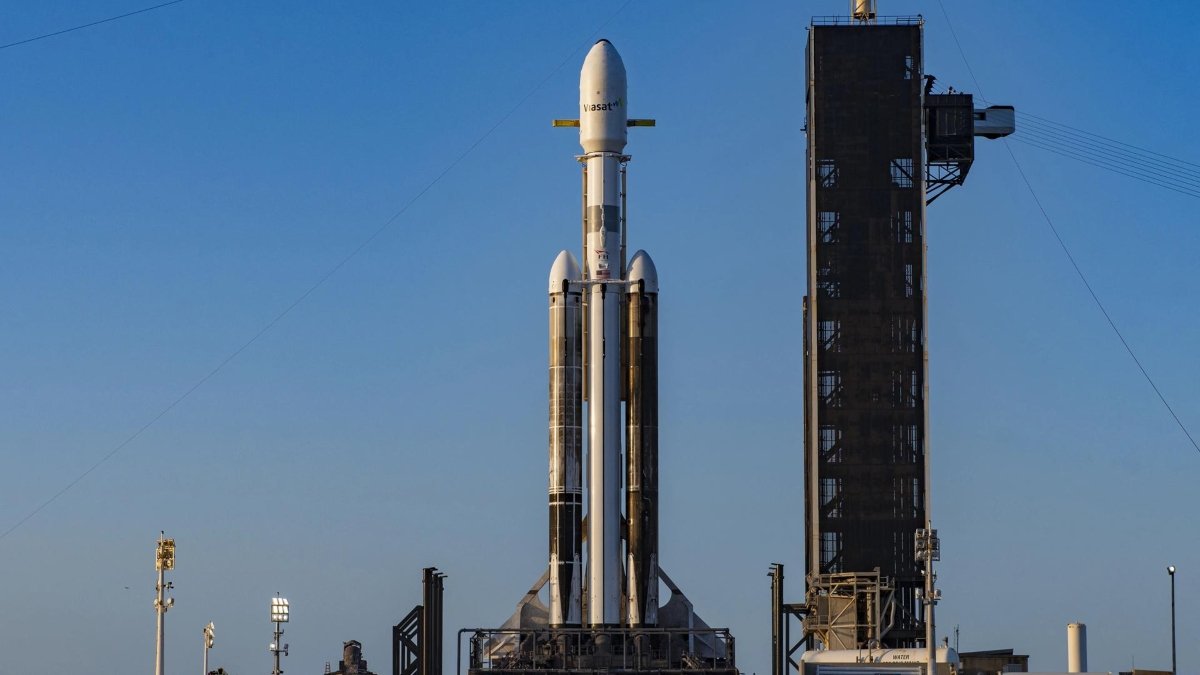FLORIDA – The launch of the powerful Falcon Heavy rocket, from the private aerospace company SpaceX, was again postponed “due to bad weather” this Thursday in Cape Canaveral, Florida, and will be retried this Friday, to complete the ViaSat- 3 Americas mission.
After being postponed for about 24 hours due to bad weather, Thursday’s launch was also suspended “due to inclement weather,” SpaceX reported on Twitter.
“The backup opportunity (from the launch) is available tomorrow,” he added.
This is the second time that the launch of this powerful craft from the Kennedy Space Center in Cape Canaveral has been postponed to put satellites of American telecommunications companies Astranis and ViaSat into orbit.
The two satellites will be placed in geostationary orbit, that is to say at an altitude of approximately 35,000 kilometers (21,700 miles) above the equator, approximately five hours after takeoff.
The main payload for this mission is the ViaSat-3 Americas satellite, about 12,000 pounds (5,400 kilos) and almost the size of a school bus, manufactured by the California-based Internet and communications company ViaSat.
Traveling with it is Astranis’ Arcturus communications satellite, weighing just over 300 kilos (661 pounds) and which will provide high-speed connectivity in and around Alaska, according to the company.
The Falcon Heavy consists of three Falcon 9 rocket cores that form a compact soaring booster, powered by 27 Merlin engines and powered by 18 commercial aircraft.
According to the American SpaceX, the Falcon Heavy is considered “one of the most powerful operational rockets in the world” and can lift nearly 64 tons to put them into orbit.
The 70-meter-tall, 12-meter-wide rocket made its first test flight in 2018, when it sent a Tesla car into space, which was followed by four more launches, including the last with the USSF-67 classified mission flown in January. this year on behalf of the US Space Force.
The Falcon Heavy was the most powerful rocket built by the company founded by Elon Musk, a title it lost after the Starship’s test flight on April 20, which exploded about 4 minutes after its ascent. when she was 39 kilometers (24 miles) high, on the Gulf of Mexico.
The 120-meter (393-foot) tall Starship flies powered by 33 Raptor engines that give it three times the power of the Falcon Heavy.
SpaceX had to cancel its test launch Monday at the last minute due to technical issues.

